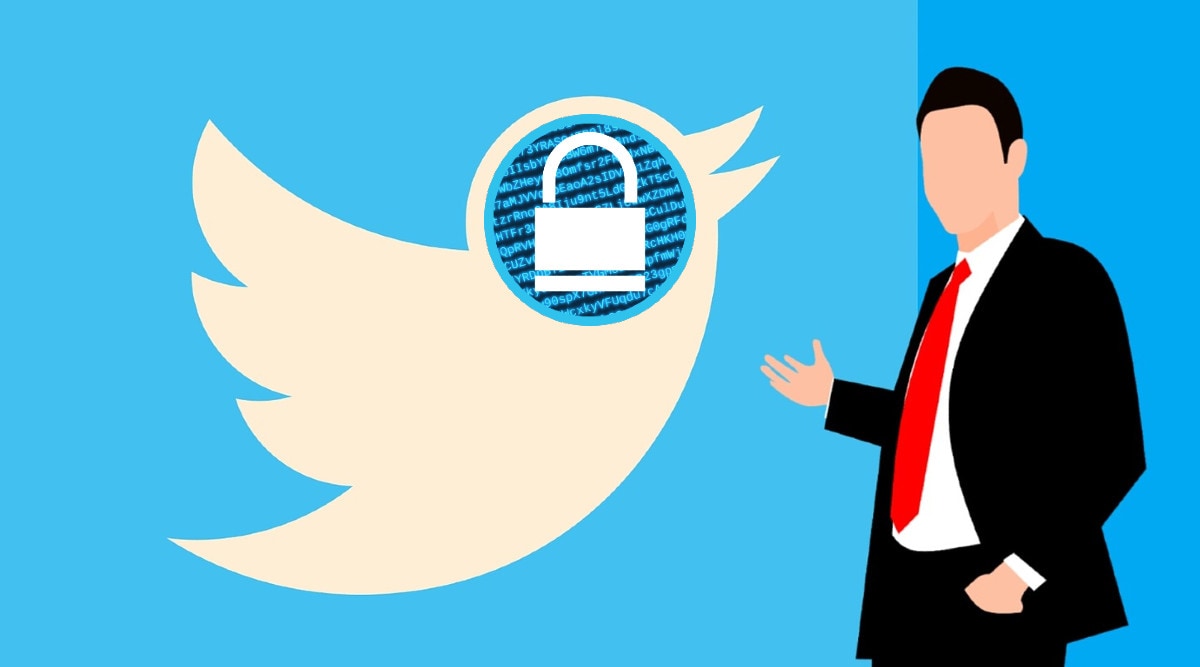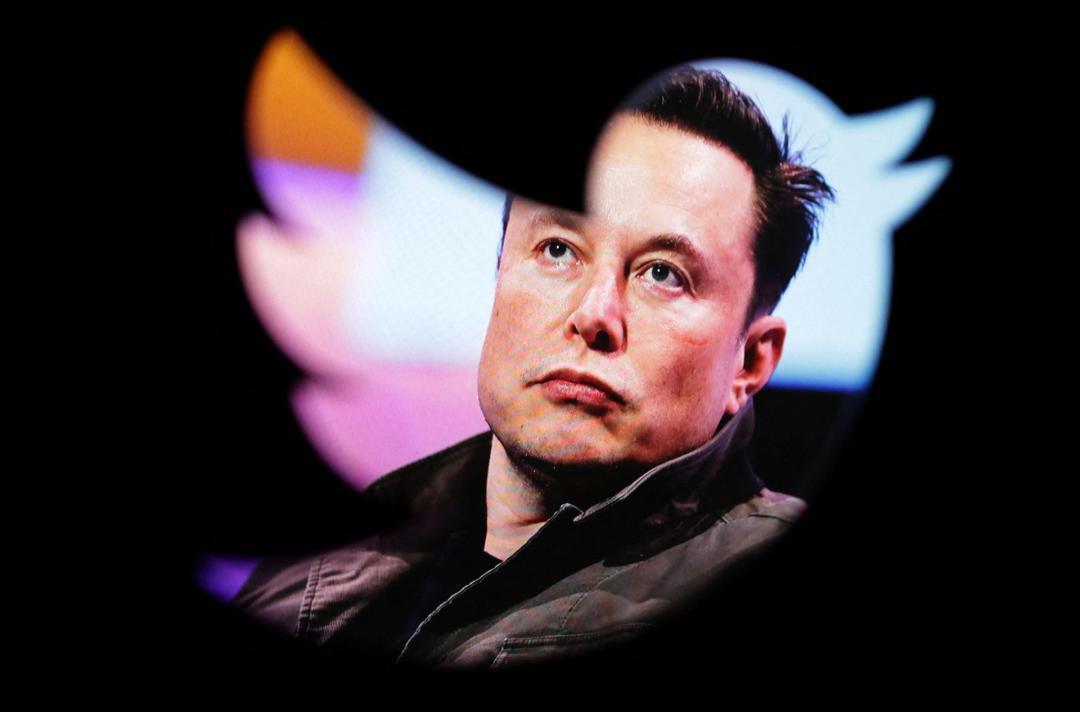Twitter’s Encrypted Messages: An Unsafe Fantasy Feature By The Great Musk!
The company's official message announcing the release indicated that additional functionality would be added shortly. However, CEO Elon Musk tweeted his warning, saying, "Try it, but don't trust it yet."

Twitter just debuted encrypted messaging, allowing chosen users to interact more securely. However, its new service is a baby step rather than a great leap ahead. For starters, it lacks fundamental safeguards that security experts believe are necessary for protecting messages from hackers and other intruders. In addition, senders and recipients must also be subscribers to Twitter’s Blue service, which costs $11 per month ($8 for desktop-only) or otherwise linked with an organisation “verified” by Twitter, which costs $1,000 per month plus $50 per user.

The sender and the recipient must use the most recent version of the Twitter mobile or web app. Furthermore, the recipient of an encrypted DM must follow the sender, have already exchanged messages with the sender, or accept a DM request.
If users can send encrypted communications to someone who can receive them, a lock toggle will appear as they compose their message. In an encrypted transmission, a lock icon will appear next to the avatar of the person with whom users are conversing. Encrypted and unencrypted DMs will be kept separate.
The company’s official message announcing the release indicated that additional functionality would be added shortly. However, CEO Elon Musk tweeted his warning, saying, “Try it, but don’t trust it yet.”
Why is this Twitter messaging different from other social media apps?
In contrast, WhatsApp, Messenger, Signal, and iMessage already provide free encrypted communications. Therefore, the idea of paying for this function on Twitter may be considered sceptical.

The new function arrived only one day after Elon Musk lashed out at WhatsApp. Musk referred to WhatsApp as an app and a platform that cannot be trusted after a Twitter developer saw that the app, which was installed on a Pixel smartphone, was acting strangely and capturing audio while the device was not in use.
What Are Encrypted Messages?
Ordinary messages transmitted over the internet, whether by email, direct message, Twitter, or other means, are often subject to interception, allowing other individuals or organisations to view them. This covers the firms that provide messaging services. These businesses may also be compelled to create user communications in response to a legal demand or court order.
By encrypting communications so that only the sender and receiver can decode them, encryption technology protects against spies and curious online neighbours.
How Performs Twitter’s New Encryption?
Not very good. Services like Signal and ProtonMail established the gold standard in secure communications by using powerful “end-to-end” encryption to hide messages so that no one else — not even the firms — can read them. Unfortunately, Twitter’s service presently does not support this.
Are There Any Other Drawbacks?
Yes. Twitter’s encrypted communications, for example, may only be transmitted to another individual. Twitter has stated that it will “soon” expand encryption to groups. According to the firm, encrypted messages are also limited to text and links; images, video, and other files are not currently enabled.

Twitter encryption also lacks “forward secrecy,” which would prohibit an attacker who obtains a user’s private key from seeing previous and future messages. However, according to Twitter’s official paper, forward secrecy techniques are incompatible with user expectations that they would always be able to retrieve their earlier messages from the cloud. As a result, the corporation has no plans to provide forward secrecy.
For the time being, its encrypted messages are vulnerable to a “man-in-the-middle” attack, which allows an attacker to infiltrate an encrypted chat, listen in, and even edit notes as they are delivered. This implies that if a lousy insider compromises an encrypted discussion or if Twitter is obliged by legal proceedings, neither the sender nor the recipient will be aware of it. Twitter also does not provide a means to report encrypted communications for harassment or abuse. However, individual senders can be blocked.
Users will not be able to make encrypted communications the default setting; they will have to choose encryption each time they start a new chat.
Conclusion.
Elon Musk appears to prioritise encrypted direct messages since he detailed them in his vision for “Twitter 2.0” to staff in November. The introduction of paid access to this crucial function, which is freely available on other platforms, may influence Twitter’s image.
The obligation to pay for a function routinely provided for free elsewhere, along with previous critiques of the blue checkmark authentication method, may add to the platform’s already low popularity of such features.

No doubt, Musk is famous for his insane decisions. And this one is increasing the so-called splendour to his list of remarkable choices.
Proofread & Published By Naveenika Chauhan




